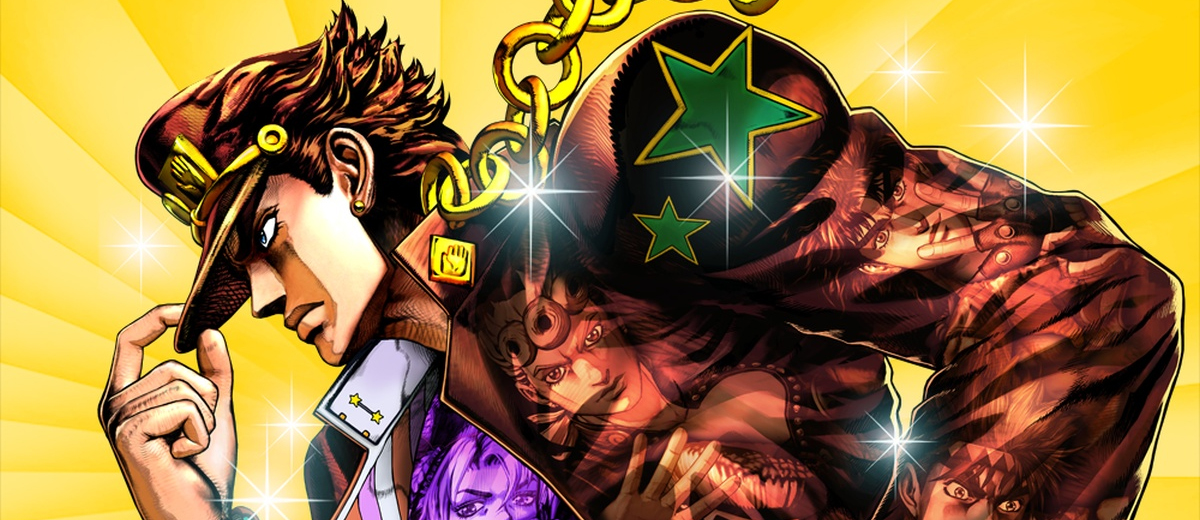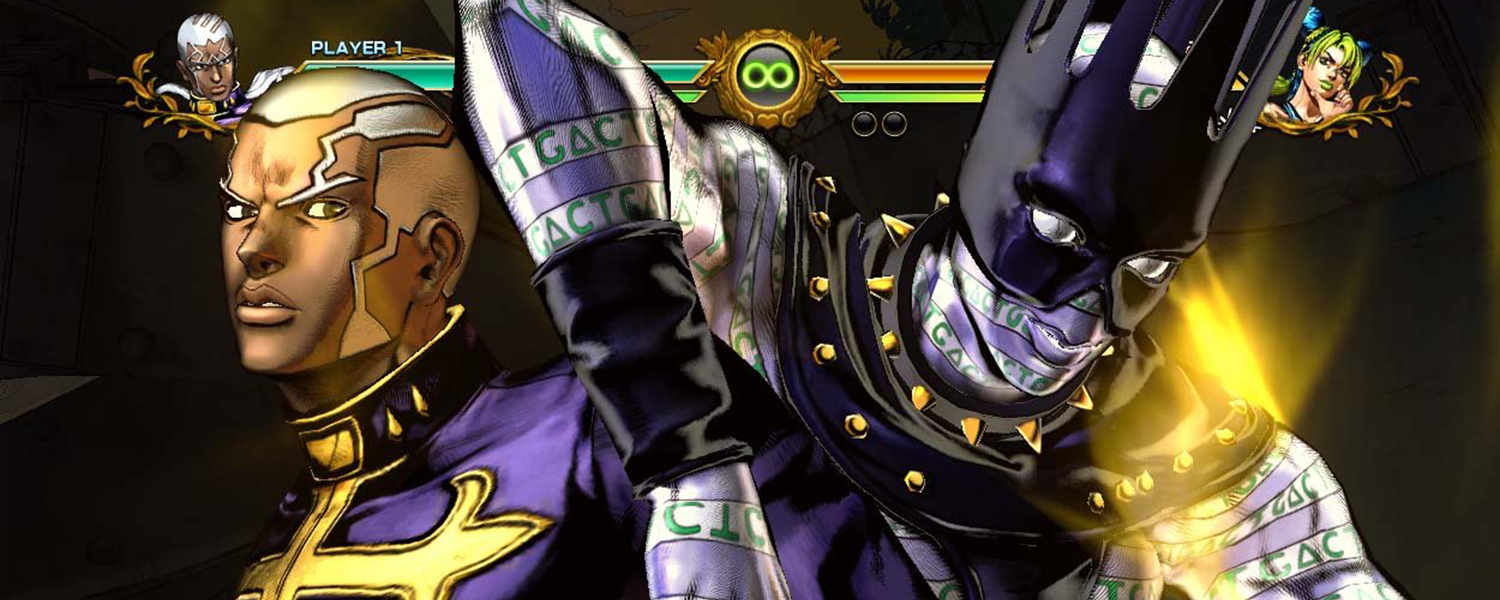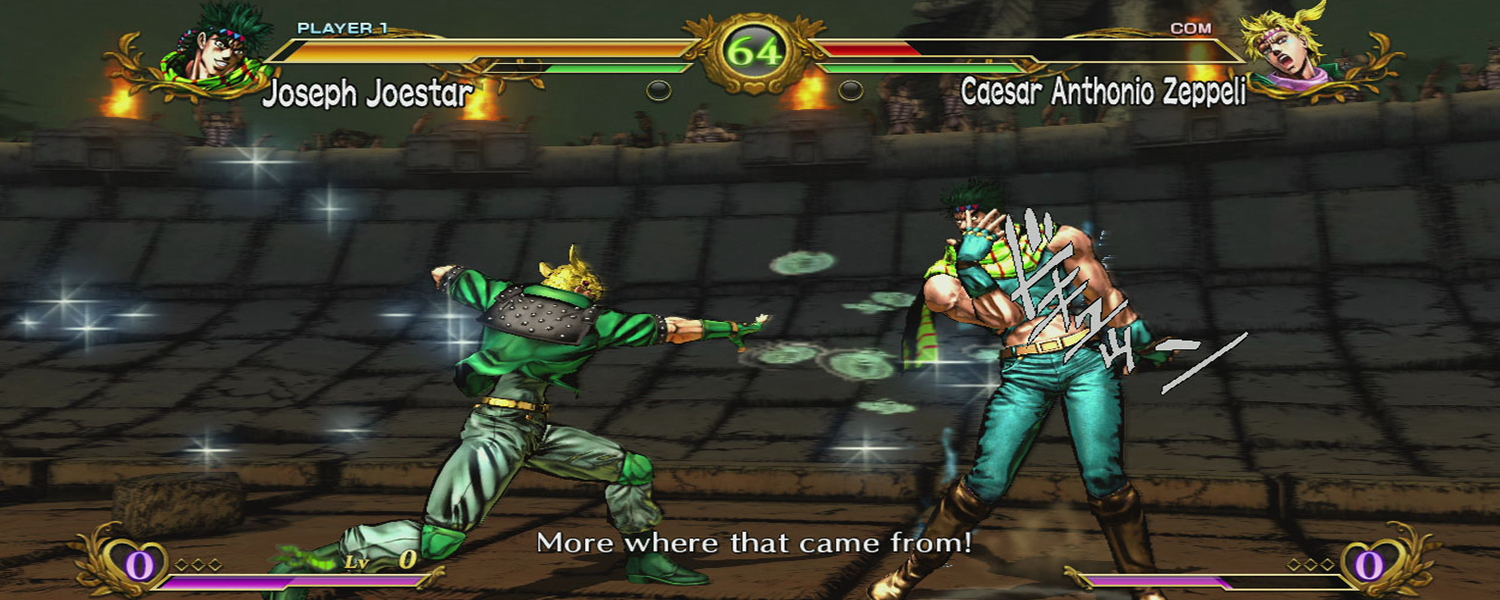

I’ll preface this with a disclaimer, I have little to no experience with JoJo’s Bizarre Adventure. I played the JoJo’s Venture arcade game and it’s subsequent HD remaster in 2012, but that’s truly the extent of my experience with the franchise. For those who don’t know – the franchise follows people who have guardian angel-like entities following them, known as Stands as well as a family known as the Joestars.
In terms of narrative, All Star Battle runs the gamut of roughly eight different story arcs previously seen in the JoJo’s Bizarre Adventure manga series. Most of it is typical of what you’d find in this medium of entertainment, but it’s especially bound to be a veritable treasure trove of exciting moments for fans of the franchise. There’s too much narrative content to properly detail here, but fans of each of the manga arcs should be pleased with the treatment their story arcs have received.
This is the type of game that should be a labour of love by devoted fans, and in terms of narrative, it definitely feels like it has been treated as such by CyberConnect2. There are some moments of narrative that feel sparse, but all in all the game covers the events (from what I can tell) competently.
Those who are foreign to the JoJo’s Bizarre Adventure narrative, however, will probably feel lost and struggle to understand and/or grasp most of the concepts presented here. It’s really a package for the fans and not a way to properly digest the story that’s being presented without consulting external media.
Story elements aside, it’s worth mentioning that hardcore followers of the franchise (which has a little following here in the west) will notice that most character names have been changed to “official” English versions (presumably to prevent lawsuits – for example, one of the “stands” is known as “Red Hot Chilli Pepper” and “Pearl Jam”). It’s great that Namco Bandai went to the effort to bring the game over, which is quite faithful to the source material, regardless.

There’s one thing I gathered from the one and only time I played a previous JoJo’s Bizarre Adventure game – and that’s the fact that the franchise is riddled with an over the top abundance of camp, sparkle and fabulousness. As such, it makes sense to see that All Star Battle is a pretty good looking game, but assumedly this comes at a compromise. The colours are bright and vivid, the artistic direction is superb and the visual effects are grand in scale. It all looks fantastic. But the framerate is rather low – while 30fps is the standard for most games, it doesn’t feel right for a fighting game, which relies on fluidity and response. This problem is unfortunately exacerbated by the games over the top visuals – where lots of items appearing on screen bring the game’s framerate down considerably. It’s by no means a deal breaker, but when every other of All Star Battle’s contemporaries are doing it, it’s hard not to notice it.
Character models and their animations, while colourful, move and behave beautifully as well – bringing the eccentric world of JoJo’s Bizarre Adventure to life. Every character has unique animations too, bringing each character to life more than you’d see in other fighting games. They’re small touches to hammer home the authenticity and faithfulness to the original source material, and they help the game feel quite well polished.
The game continues to bring the atmosphere of the manga to life by using this colourful and interesting artistic direction to bring scenes directly from the manga to life. The presentation of the special moves, in particular, are quite long winded but they’re so over the top and zany that they’re just a joy to watch regardless. Music is, on a whole, flamboyant and over the top – but it fits the game’s atmosphere perfectly too.

JoJo’s Bizarre Adventure: All Star Battle may not be a deeply intricate fighting game that you’ll be seeing at fighting game championships like EVO but it’s also not really trying to be. All Star Battle plays like a typical 2D fighting game, but there’s a sidestepping mechanic that attempts to spice things up. Players can side-step any projectile or attack at any point. This isn’t your only defensive option either, as there are also stylish evasive moves that not only look stylish, but they slow everything down when they occur. Schmick. While these moves look cool, it’s worth noting that doing them too many times punishes the player – so most of the metagame in All Star Battle is around offensive manoeuvres rather than defensive ones.
Each character has their own style, which is written to be similar to how their character behaves. Each of their respective styles is depdendent on a singular “style button”. Some fighters can taunt an enemy and fill up their enemy gauge to pull off supers. Others can call their “stand” to assist them in battle, similar to Marvel vs. Capcom. Others can switch between battling on foot and on the back of a horse and some can even freeze enemies. Each of these stylistic attacks are great and give each player some variety, and they look good too. But the large variety can hurt the balance somewhat – giving players the ability to completely freeze their opponent, for example, can give more of an edge than recharging a super gauge, for example.
Besides there being flashy special moves, the game gives players basic moves that don’t differ from other fighting games – there’s Weak, Medium and Strong strikes. Those who are put off by the idea of stringing together long combos can activate an ‘easy’ mode that strings together moves and finishes with a super move with little input from the player. But advanced players can eschew this system completely and instead string together longer combos with more variety and ability. It’s a simple system that takes inspiration from many modern fighting games, but it’s not nearly as deep as you’d be lead to believe. One thing should be praised about All Star Battle though, and it’s that the developers have worked out a way to implement the taunt as not only an aesthetic ending to a combo but also a functional one – providing players with health bonuses or meter bonuses.
Taking a page out of games like Injustice and the lesser known Mortal Kombat games, All Star Battle also features environmental weapons for players to utilise when they are standing on specific areas of the arena. These hazards can be as simple as falling cars to as zany and ridiculous as raining blue coloured frogs. They’re a tried and true inclusion in a fighting game painted with the ridiculous and over the top aesthetic of JoJo’s Bizarre Adventure. Completing levels with a super move, as previously mentioned, also initialises “situation finishes” which recreates moments from the manga. Similarly from games like Injustice, players can attack each other and mash buttons in a feature that can only be described as the videogame equivalent of an arm wrestle. These inclusions are minor, but help to shift up the variety of the admittedly shallow gameplay.
Story Mode is the main attraction for those looking to play by themselves, and while the game attempts to make things interesting by adding objectives (i.e. wipe out your enemy in less than sixty seconds) it still feels like a very monotonous bore to get through. What’s even more disappointing is that a large majority of these parts take place on the same stage, which adds to the monotony. Story Mode allows you to unlock costumes and customisation items, though these really are things that only true fans will strive to unlock – there is little appeal to slog through the content for the mainstream fan. Though this game really isn’t for that person either, to be fair.
There are multiplayer modes too, such as your typical local versus mode. Online mode is a bit of a weird affair though. You don’t actually fight against other players online, but rather you fight against AI-controlled opponents to unlock more items. You can then customise your own AI character, who other players then proceed to fight against. It’s very strange – it feels like a badly designed free-to-play game that you have to keep checking on to see how your AI character is doing. For those who are put off by this weird, AI ghost kind of system, there is typical Ranked and Player matches too. While the online modes were sparse, the games we did play performed rather well – though some matches very far across the pond struggled quite a bit. Considering this game’s limited appeal to a western audience, it’s unfortunate that most of your online battles will be of this kind.





